Colombian tetra - Hyphessobrycon columbianus
Scientific name: Hyphessobrycon columbianus
Common name: Colombian tetra
Family: Characidae
Usual size in fish tanks: 6 - 7 cm (2.36 - 2.76 inch)
014
Recommended pH range: 6.6 - 7.2
Recommended water hardness: 5 - 18°N (89.29 - 321.43ppm)
0°C 32°F30°C 86°F
Recommended temperature range: 23 - 27 °C (73.4 - 80.6°F)
The way how these fish reproduce: Spawning
Where the species comes from: South America
Temperament to its own species: peaceful
Temperament toward other fish species: peaceful
Usual place in the tank: Top levels
Introduction
The Colombian Tetra (Hyphessobrycon columbianus) is a vibrant and hardy freshwater species native to the rivers of Colombia, South America. Known for its peaceful nature and striking colors, it is a popular choice among aquarists. These tetras thrive in community tanks, but it’s important to maintain them in small groups to prevent fin-nipping behavior. They are best suited for well-planted aquariums with plenty of swimming space.
Origin
Colombian Tetras are found in the rivers and streams of Colombia, specifically in the Río Acandí and Río Atrato basins. These waterways are characterized by slow-moving currents and dense vegetation, providing the tetras with plenty of cover and food sources.
Tank Setup
Colombian Tetras prefer a well-planted aquarium with ample open swimming areas. They thrive in tanks of at least 80 liters (20 gallons) or larger. A sandy substrate is ideal, along with decorations such as driftwood and rocks to create hiding spots. Use plants like Hornwort or Amazon Sword to provide them with cover. Keep the lighting moderate to mimic their natural habitat.
Water Parameters
- pH: 6.6 - 7.2
- Water Hardness (dGH): 5 - 18°N (89.29 - 321.43 ppm)
- Temperature: 23 - 27°C (73.4 - 80.6°F)
Regular water changes are important to maintain water quality. Aim to change 25-30% of the tank water every week for smaller tanks. In larger tanks (200 liters or more, approximately 53 gallons), a smaller percentage of water (around 15-20%) can be changed weekly, as long as the tank is not overcrowded. This helps maintain stable water conditions without causing too much disruption. Ensure you use a good filtration system to keep the environment clean and stable for your fish.
Food and Feeding
Colombian Tetras are omnivores and are not picky eaters. In the aquarium, they will readily accept a wide variety of foods. Their staple diet should include high-quality flakes or granules. To keep them in optimal condition, supplement their diet with live or frozen foods such as brine shrimp, bloodworms, and white worms. Feeding a varied diet ensures vibrant colors and robust health.
Behavior and Temperament
Although generally peaceful, Colombian Tetras can exhibit fin-nipping behavior, particularly toward smaller or long-finned tank mates. To reduce aggression, keep them in groups of at least 6 to 8 individuals. They are schooling fish, and being in a group helps reduce their stress levels and prevents unwanted behaviors.
These tetras are active swimmers and typically occupy the top levels of the tank. They get along well with other peaceful species, but avoid keeping them with slow-moving or delicate fish that might become targets for fin-nipping.
Sexing
Sexing Colombian Tetras can be challenging, as males and females appear quite similar. However, during breeding season, females become noticeably rounder as they fill with eggs. Males may also display slightly more vibrant colors during this time.
Breeding
Breeding Colombian Tetras is possible in captivity with the right conditions. A separate breeding tank should be set up, with subdued lighting and soft, slightly acidic water. Add fine-leaved plants such as Java Moss or spawning mops to give the fish a place to deposit their eggs. Condition the parents by feeding them live or frozen foods for a week before breeding.
Once spawning is complete, remove the parents from the tank to prevent them from eating the eggs. The eggs typically hatch within 24-48 hours, and the fry will become free-swimming after about 3-5 days. At this stage, they can be fed infusoria or liquid fry food until they are large enough to eat finely crushed flakes or baby brine shrimp.
Lifespan
With proper care, Colombian Tetras can live for 3 to 5 years in a well-maintained aquarium. Providing a clean environment and a balanced diet is essential for maximizing their lifespan.
Suitable Tank Mates
Colombian Tetras are best kept with other peaceful community fish. Fast-moving fish like danios or rasboras make excellent tank mates, as they are less likely to be bothered by the tetras’ occasional fin-nipping behavior.
Short Description
The Colombian Tetra is a hardy and colorful fish that brings activity and life to any community tank. Although they can be a little nippy at times, keeping them in groups and providing a well-planted environment helps minimize aggression. Their stunning metallic blue body and red fins make them a standout addition to any aquarium. They are easy to care for, making them suitable for both beginner and experienced aquarists alike.
Final Thoughts
Colombian Tetras are a lively and attractive species that make a great addition to community aquariums. Their relatively easy care requirements, combined with their vivid coloration, make them popular among aquarists. By providing a spacious tank, maintaining high water quality, and feeding them a varied diet, your Colombian Tetras will thrive for years to come.
Pictures
Bought by aqua-fish.net from jjphoto.dk.
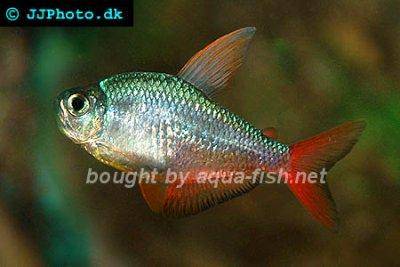




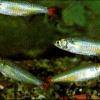 Bloodfin
Bloodfin 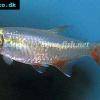 Bloodfin
Bloodfin  Panda
Panda 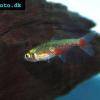 Green
Green 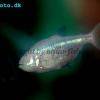 Blind
Blind  Kennedy
Kennedy 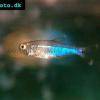 Blue
Blue 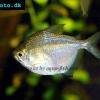 Discus
Discus 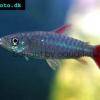 Pink
Pink 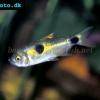 Bucktoothed
Bucktoothed 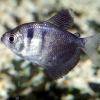 Black
Black 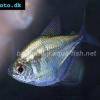 False
False 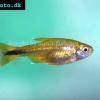 Silver
Silver  Hemigrammus
Hemigrammus 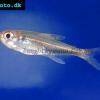 Dash-dot
Dash-dot  Rummy
Rummy 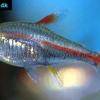 Glowlight
Glowlight 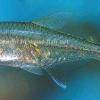 January
January 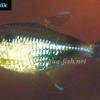 Head
Head 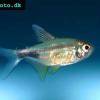 Garnet
Garnet 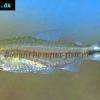 Rummy
Rummy  Gold
Gold  Red
Red 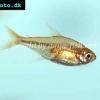 Ember
Ember 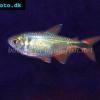 Buenos
Buenos 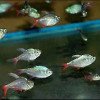 Ecuador
Ecuador  Bleeding
Bleeding 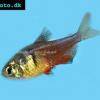 Flame
Flame 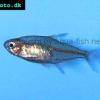 Georgett’s
Georgett’s 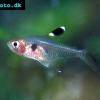 Griems
Griems  Kitty
Kitty 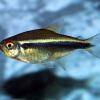 Black
Black 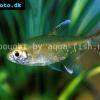 Firefin
Firefin 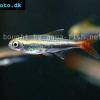 Loreto
Loreto 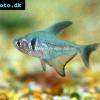 Black
Black 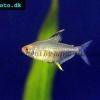 Lemon
Lemon 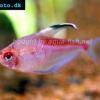 Redback
Redback 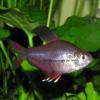 Rosy
Rosy 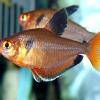 Serpae
Serpae 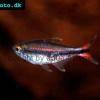 Savanna
Savanna 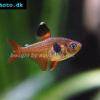 Red
Red 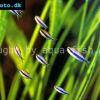 Blue
Blue 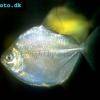 Silver
Silver 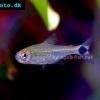 Ceros
Ceros  Napo
Napo 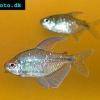 Diamond
Diamond 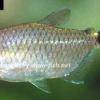 Red
Red 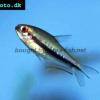 Rainbow
Rainbow 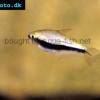 Emperor
Emperor  Cardinal
Cardinal 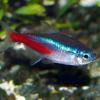 Neon
Neon 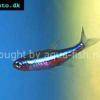 Green
Green 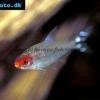 False
False  Glass
Glass 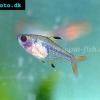 X-ray
X-ray 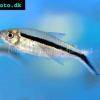 Penguin
Penguin